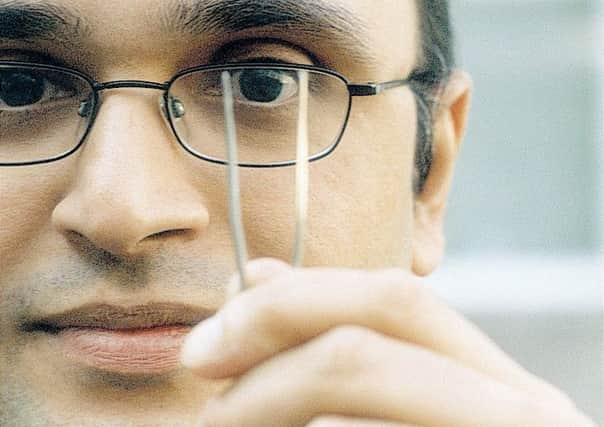Scottish physicists have kidney research breakthrough


The team showed for the first time how the super-resolution structured illumination microscope (SIM) can ‘see’ critical changes in kidney cells processes, allowing diagnosis of potentially-lethal nephrotic diseases.
The diseases occur when the kidney loses its ability to retain proteins in the blood which are then carried into the urine.
Advertisement
Hide AdAdvertisement
Hide AdUntil now detection and treatment have relied on the use of an expensive and time-consuming electron microscope. The scientists developed an alternative light microscope which uses a patterned light source to overcome physical laws of diffraction, thus allowing a doubling in what had been considered the maximum resolution possible.
Conventional light microscopes have been used for almost two hundred years to visualise cells and diagnose disease in tissue. However the research has the potential to herald a new era in microscopy and could save lives as well as valuable resources.
Professor Kishan Dholakia of the university’s school of physics and astronomy, said: “The cost of this microscope is in six figures, five to ten times cheaper than an electron microscope. This is a one-off study but I’d like to get the funding and ethical approval to make a smaller and even cheaper compact version for use in hospitals.”
“This is an exciting advance and I’m very pleased by the synergy of our team of physicists, biologists and physicians to apply advances in optics for the diagnosis and treatment of kidney disease.
Professor Mike Edwardson, spokesman for Kidney Research UK, said: “The prospect that SIM might be used in the efficient diagnosis of kidney disease is very exciting’.
The research, published in this month’s Biometrics Optical Express was in collaboration with the department of pathology at Montefiore Medical Centre and Albert Einstein College of Medicine, New York.